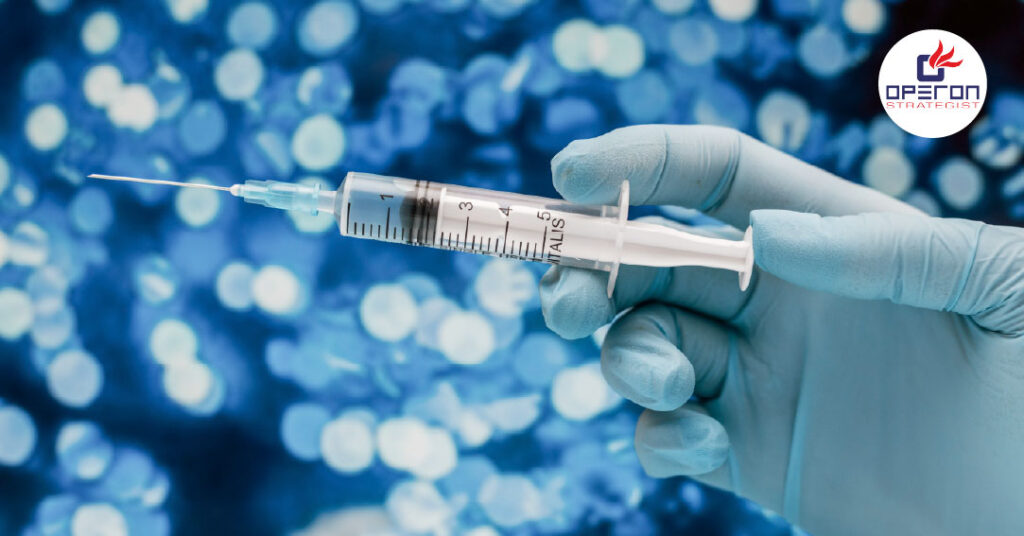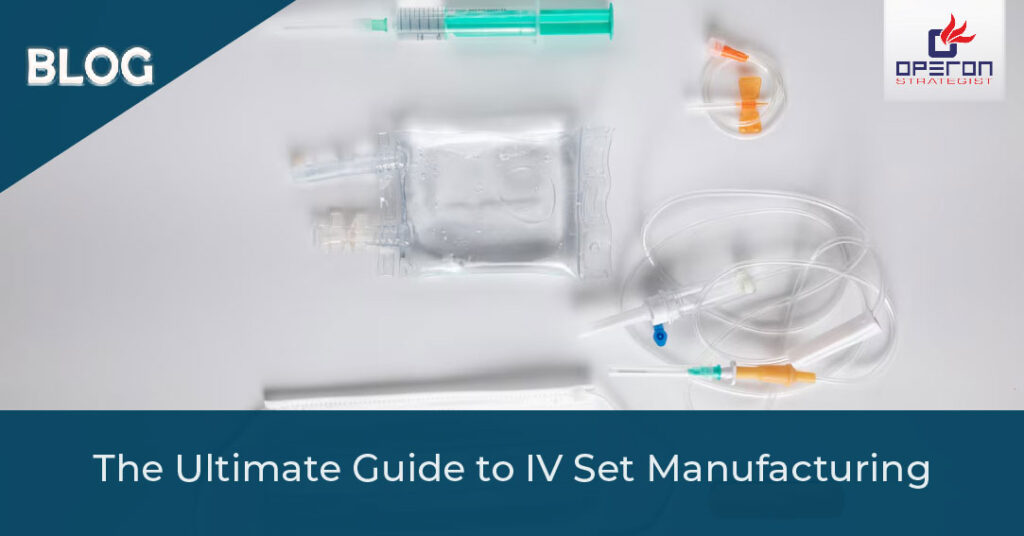
Disposable syringes are one of the most widely used medical devices worldwide. With the rising demand in hospitals, clinics, and home healthcare, syringe manufacturing has become a profitable industry. However, success in this field requires more than machinery—it also depends on compliance with strict quality and regulatory standards.
In this guide, we explain the step-by-step syringe manufacturing process, required machinery, compliance needs, costs, and how expert guidance can help you set up a successful facility.
Why Disposable Syringe Manufacturing is a Growing Industry
- High demand: Syringes are essential for vaccination, medication, and diagnostics.
- Global growth: The medical device market is expanding, especially in the USA, India, and Europe.
- Regulatory importance: Compliance with ISO 13485 and US FDA regulations ensures product safety and global market access.
Raw Materials Used in Syringe Manufacturing
The quality of raw materials directly impacts syringe safety and performance. Common materials include:
- Polypropylene (PP): For the syringe barrel and plunger.
- Stainless Steel Needles: For durability and precision.
- Rubber or Synthetic Elastomers: For gaskets.
- Printing Ink: For accurate dosage markings.
Talk to Operon Strategist Now.
Syringe Manufacturing Process Explained
The syringe production process involves multiple precision steps:
- Injection Molding: Plastic granules (PP) are melted and injected into molds to form the syringe barrel and plunger.
- Needle Attachment: Stainless steel needles are cut, sharpened, and fixed securely to the plastic hub.
- Printing and Marking: Graduation lines are printed on the barrel for accurate measurement.
- Sterilization: Syringes are sterilized using Ethylene Oxide (EtO) or Gamma radiation to ensure safety.
- Packaging: Sterile syringes are packed in blister packs or peelable pouches.
Machinery Required for Disposable Syringe Manufacturing
Setting up a plant requires specialized equipment:
- Injection molding machines
- Needle assembly machines
- Printing and marking systems
- Sterilization units (EtO/Gamma)
- Automated packaging machines
Manufacturing syringes must follow strict hygiene and regulatory rules:
- ISO 13485 Certification for medical device quality management.
- US FDA 21 CFR Part 820 compliance for the American market.
- CE/UKCA Marking for exporting to Europe and the UK.
- Cleanroom setup as per ISO 14644 standards to maintain sterile production.
Cost and Investment Considerations
The investment depends on plant size and automation level:
- Small-scale semi-automatic setup: lower cost but limited output.
- Fully automated plant: higher investment but large-scale production.
- Additional costs: cleanroom facility, regulatory certifications, and workforce training.
Challenges in Syringe Manufacturing
- Ensuring validated sterilization processes.
- Maintaining consistent raw material quality.
- Meeting multiple international compliance standards.
- Managing competitive pricing while maintaining quality.
How Operon Strategist Can Support You?
Launching a disposable syringe manufacturing facility involves navigating complex technical and regulatory challenges. At Operon Strategist, we specialize in helping medical device manufacturers establish and scale compliant operations in the US and globally.
Our services include:
- US FDA 510(k) regulatory submissions
- QMS development and ISO 13485 implementation
- Cleanroom design and facility layout consulting
- Equipment selection and process validation
- Staff training and internal audits
👉 Contact us today for a free consultation and discover how we can help you build a compliant, efficient, and successful syringe manufacturing business.


